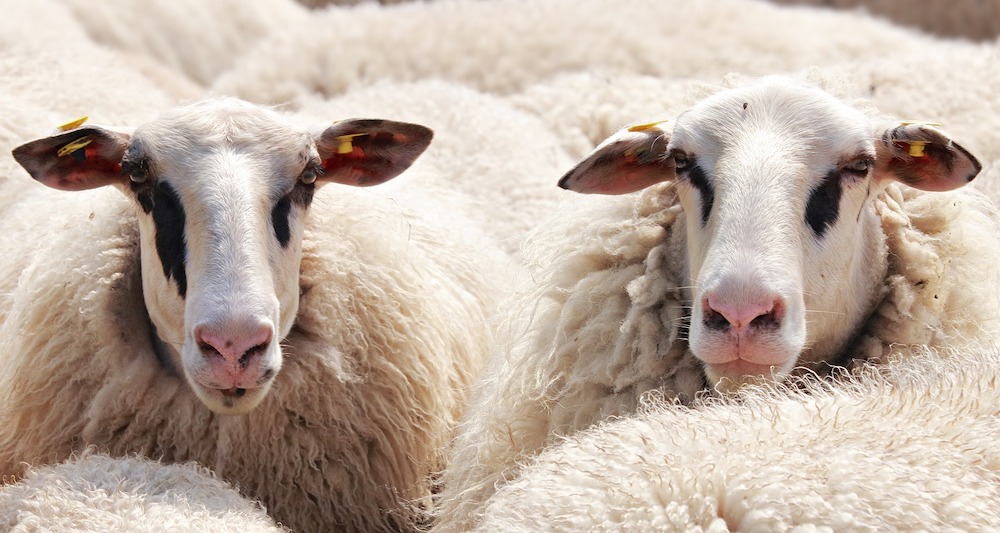Smart ear tags auto-detect lameness in sheep
17th January 2020
Scientists have been able to demonstrate the automated detection of lameness in sheep using novel sensing technology, which could improve health and welfare on farm.

Scientists have been able to demonstrate the automated detection of lameness in sheep using novel sensing technology, which could improve health and welfare on farm.
Using a prototype tagging and monitoring system, scientists from the University of Nottingham found that lame sheep adjust how they carry out certain activities, such as walking, standing or lying down, rather than just reducing the amount they do.
The technology consists of a sensing device, worn on a sheep’s ear tag, which gathers accelerometer and gyroscope data to track the animal’s behaviour and movement. Algorithms are used to create various alerts for farmers.
Lameness is the biggest health and welfare issue on sheep farms, with more than 90 per cent of UK farmers reporting it in their flocks. It costs the sector around £80 million a year and is most commonly caused by foot rot, which can spread among the flock if it is not detected early enough.
Best practice depends on rapid treatment but, with no validated commercial tools, diagnosis is difficult and relies on visual inspection. And as sheep are prey animals, they tend to mask the signs of illness.
Nottingham researchers identified features that varied in lame and non-lame sheep when they were standing, walking or lying. This was particularly novel for lying and standing, which have subtle lameness-related behaviours that are difficult to spot with the human eye.
Five out of the six top feature characteristics for walking were linked to the rhythm and pace at which the walking movement is performed. These differences might be the result of movement being limited by the disease in lame sheep, altering the regularity and frequency of head movements.
Lame sheep also displayed a change in gait, with peculiar head nodding in line with stride – compared to the smoother stride pattern of non-lame sheep.
